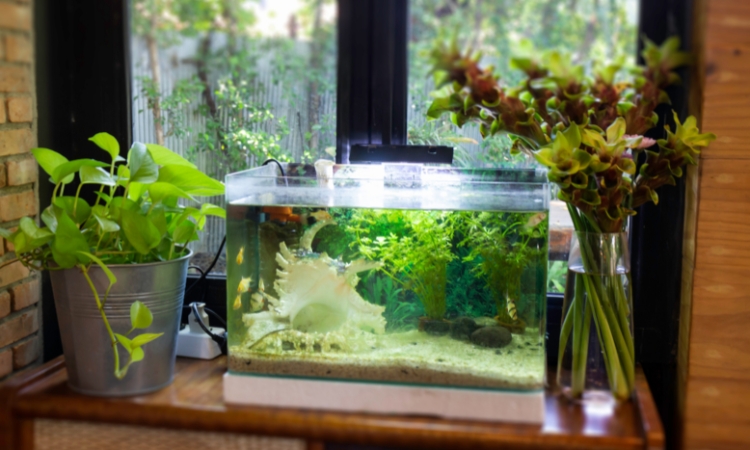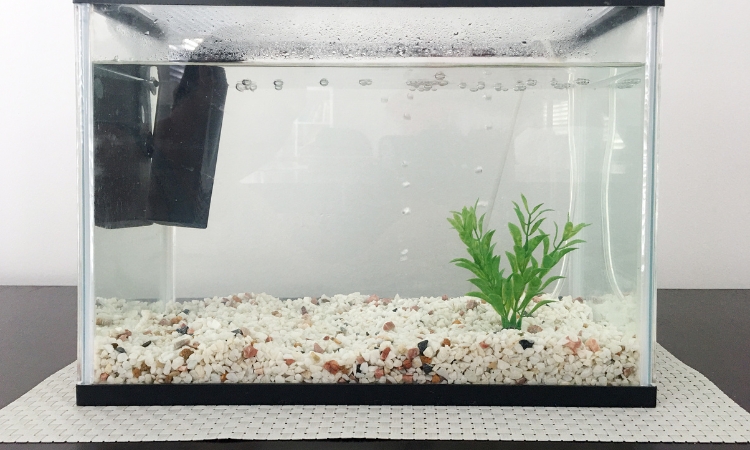Moving an aquarium can be challenging because it involves handling the tank and its aquatic inhabitants. Proper planning and execution are crucial to ensure that your fish and their environment arrive safely at the new location. This requires attention to detail and proper handling with care. Therefore, this article will guide the moving process for an aquarium.
How to Move an Aquarium?
This article explains how to safely move your aquarium to a new place, be it the new house or a room in the same house. The aquarium moving involves steps like moving a pet, but it is slightly different because of the different natures of fish and cats or dogs.
Preparing for Moving an Aquarium
Proper preparation is the key to getting professional results for any process, and aquarium moving is no different. Before you start the move, it’s important to keep the necessary supplies and plan out each step. This preparation will help make the process smoother and reduce the stress on your fish.
1. Gather Your Supplies
You’ll need the materials:
- Fish-safe bags
- Clean buckets,
- A siphon hose
- Packing materials
- A temporary holding tank
You should keep all these materials before you start the moving process to make the move much more straightforward.
2. Timing the Move
The timing of the move matters a lot, and you should choose it carefully. Plan to move your aquarium on the same day as the rest of your belongings. Try to complete the move continuously to reduce the time your fish are out of their tank. This will make them feel easy and not weird about the moving process.

3. Moving a Fish Tank
Do not feed your fish 24-48 hours before the move to reduce waste in the water. This helps keep the water clean during transportation.
How to Move a Fish Tank in Singapore?
When you prepare yourself and the fish, you can begin the process of moving an aquarium. LS House Movers Singapore, which offers house moving, office moving, piano moving, and mattress moving services, provides a step-by-step guide for moving a fish aquarium. Each step should be done carefully to ensure your fish’s and the tank’s safety.
Remove the Fish
Carefully transfer your fish into fish-safe bags filled with water from the tank. Please ensure that some air is left in the bags for oxygen. If the move will take longer, you can use a temporary holding tank.
Remove Plants and Decorations
Remove plants, decorations, and equipment from the tank. To keep live plants moist, place them in water-filled bags or containers and pack other items.
Drain the Tank Water
Drain a siphon to drain the tank into clean buckets. Save as much water as possible to help maintain the biological balance when you restart the tank.
Move the Tank
Carefully move the empty tank. You can carry smaller tanks with little help, but you will need a dolly or cart for larger tanks. Always lift the tank from the bottom to avoid damaging it.

Set Up the Tank at the New Location
Place the tank on a balanced surface at your new location. Reassemble the tank, add the saved water, and refill with water as needed. Ensure the water temperature is equal to the previous one.
Reintroduce the Fish
Acclimate your fish by floating their bags in the tank for 15-20 minutes. Afterward, add tank water to the bags before releasing the fish into the tank.
After the Move
After reassembling the tank, monitor it closely for any issues you may notice due to the move. Test the water quality and watch for any signs of stress in your fish. If everything is alright, you have successfully moved your aquarium to the new place.
Conclusion
Moving an aquarium requires careful preparation and attention to detail. The above steps help you achieve the best results. These steps ensure you minimize the stress on your fish and that they and their tank safely reach the new location.



